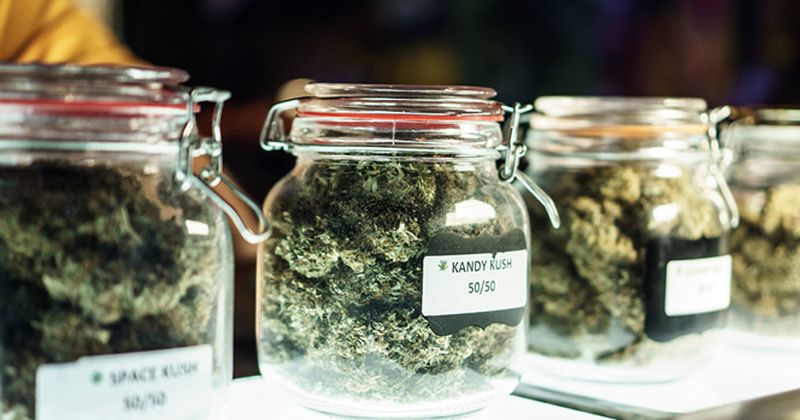Young adults who use cannabis have higher rates of suicidal ideation, plan and attempt
Young adults with or without depression who used cannabis had higher prevalence of suicidal ideation, plan and attempt, according to results of a survey study published in JAMA Network Open.
“Studies have shown that depression is one of the strongest risk factors for suicidal ideation, plan and attempt and death by suicide,” Beth Han, MD, PhD, MPH, of NIH’s National Institute on Drug Abuse, and colleagues wrote. “Depression is associated with [cannabis use disorder] and medical and nonmedical cannabis use. Cannabis use has also been associated with suicidal ideation and attempt; in particular, frequent use is associated with suicidal ideation and attempt, and [cannabis use disorder] is associated with self-harm and death by suicide.”

Despite these past research efforts, no study has yet to assess whether and how changes in depression, daily cannabis use and cannabis use disorder affect suicidality trends, according to the researchers. To address this research gap, they conducted a survey study using data from 281,650 adults aged 18 to 34 years who participated in the National Surveys on Drug Use and Health, with data collection between 2008 and 2019. Prevalence of past-year daily or near-daily cannabis use, cannabis use disorder and major depressive episode served as exposures. Past-year suicidal ideation, plan and attempt served as main outcomes and measures.
Results showed an increase in past-year suicidal ideation and plan along with daily cannabis use among all examined sociodemographic subgroups, except daily cannabis use among current high school students. Further, most subgroups exhibited an increase in past-year suicide attempt. The researchers noted variance in national trends in adjusted prevalence of past-year suicidal ideation, plan and attempt according to daily and nondaily cannabis use and cannabis use disorder among adults with or without major depressive episode. They controlled for major depressive episode, cannabis use disorder, cannabis use status and potential confounding factors and found that the adjust prevalence of suicidal ideation, plan and attempt increased 1.4 to 1.6 times from the 2008 to 2009 and 2018 to 2019 periods, with an adjusted RR of 1.4 (95% CI, 1.3-1.5) for suicidal ideation, 1.6 (95% CI, 1.5-1.9) for suicide plan and 1.4 (95% CI, 1.2-1.7) for suicide attempt, with 2008 to 2009 as the reference period. Further, the researchers reported that past-year cannabis use disorder, daily cannabis use and nondaily cannabis use were associated with a higher prevalence of past-year suicidal ideation, plan and attempt among both sexes; however, women were more affected than men.
“Future research is needed to examine the increase in suicidality and to determine whether it is cannabis use or overlapping risk factors that increase risks for both,” Han and colleagues wrote.
